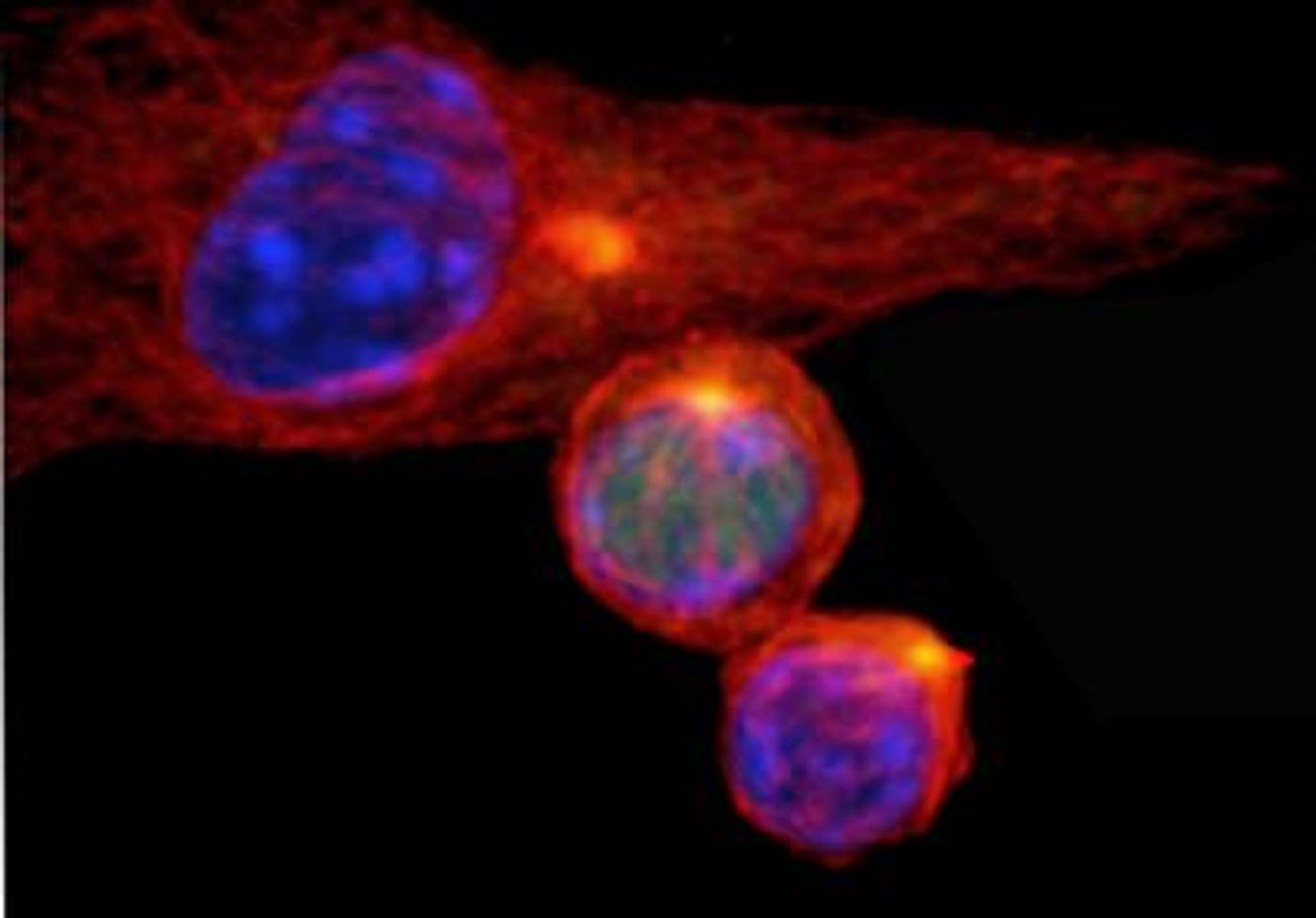A new hope for vaccine development and cancer therapy has been identified, and it is a signaling protein called c-Myc that plays a regulatory role in the production of daughter cells in the immune system.
Asymmetric cell division produces two cell types rather than two identical daughter cells. When this happens, both effector T cells and memory T cells can be produced during cell division. Both of these lymphocytes are important in the fight against invading pathogens.
Effector T cells are like armed warriors recruited by the immune system to attack and kill bacteria and viruses. These lymphocytes divide quickly and differentiate further into subtypes specifically designed to kill certain pathogens. Memory T cells are essentially a whole new species, dividing slowly and serving to maintain long-term protection from ongoing infections.
In a new study from the St. Jude Children’s Research Hospital, published in
Nature, scientists discovered for the first time the link between asymmetric cell division and c-Myc signaling protein. After looking at both cells in culture and in mice, they saw accumulation of c-Myc in the asymmetrically dividing cells, prompting the rapid proliferation of effector T cells like a “shot of caffeine.”
"Activated T cells divide every four to six hours. There is no other cell in adults that can divide that fast, not even cancer cells,” said corresponding author Douglas Green, PhD, St. Jude Department of Immunology chair.
Mice with decreased levels of c-Myc, on the other hand, had a larger population of memory T cells, an immunological army helpful for the onset of a much later infection but not for an immediate attack.
Playing a pivotal role in cell growth, differentiation, and apoptotic death in tissues all over the body, c-Myc is a crucial regulator of cell division. The scientists from this study saw mutations in c-Myc leading to metabolic changes after T cells were activated, which soon led them to believe that learning to control c-Myc could be beneficial to human health The regulation surrounding asymmetric cell division seems to be in the form of a positive feedback loop, and the St. Jude’s scientists believe that manipulation of the metabolic and signaling pathways that lead to c-Myc production could help with vaccine and immunotherapy production for treating cancer.
"While daughter cells of activated T cells seem to have very different fates, we showed their behavior could be altered by manipulating these metabolic and regulatory pathways to increase or decrease c-Myc levels." Green said.
Source:
St. Jude Children’s Research Hospital,
ImmunoBiology










